From NASA To SpaceX, Such A Year For Spaceflight
Dhir Acharya - Dec 26, 2018
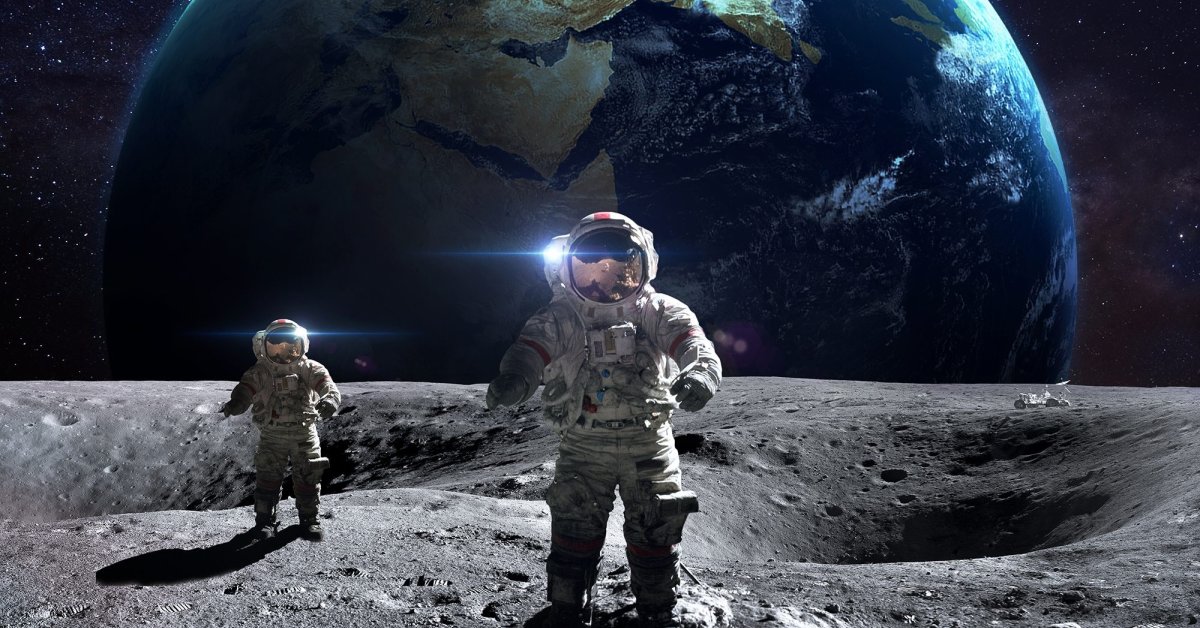
Let's take a look back at what we've achieved in 2018 in the space field.
- SpaceX’s Starship Explosion: A Part Of Musk's Master Plan?
- The First Space Hotel In The World Will Welcome 400 Guests
- Startup Builds Vehicle With Soviets Tech To Collect Space Garbage
2018 is the year that marked a new era of space travel, astronomy as well as astrophysics. Not only did the golden age of spaceflight fire with Elon Musk’s SpaceX but our understanding of outer space and our neighbor planets also went to another level with several missions around the solar system. Most importantly, thanks to gravitational waves, we have got a new window on the universe through “multi-messenger astronomy”.
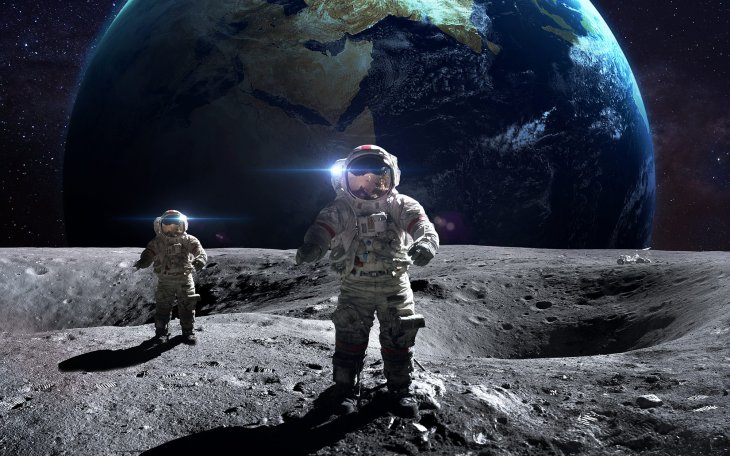
For example, we have lately talked about traveling to Mars, where NASA wants to send astronauts and Elon Musk has ambitions to settle down. This has involved the development of the next generation of telescopes, allowing us to see the earliest forms of life, hence pave the way to discover life in other planets.
Let’s take a look back at what we’ve achieved this year in the field of spaceflight.
SpaceX starts Heavy lifting
In February, Elon Musk’s company, SpaceX, launched the Falcon Heavy rocket making the largest space spectacle of this year.
The space company strapped three Falcon 9 rockets to create the most powerful vehicle ever seen since the Apollo. However, instead of real astronauts, there was only a dummy wearing a spacesuit placed behind the wheel of a red Tesla. There are cameras attached around the rocket to record the epic view as it flew to Mars.
Minutes later, two boosters landed on Cape Canaveral’s shore in Florida almost at the same time, displaying the technology that only some years ago still seemed far off.
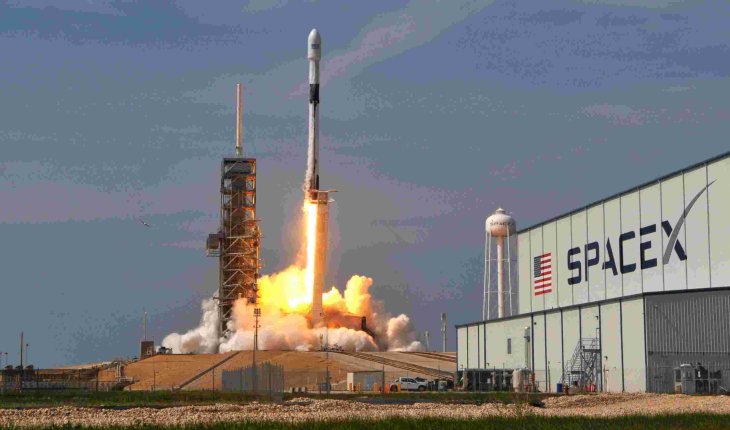
In May, SpaceX introduced Block 5, the final version of the Falcon 9 – its workhorse rocket, which can be relaunched up to a hundred times. Up to now, SpaceX has already reused a Block 5 for three times, another record for an orbital class rocket.
Nevertheless, SpaceX is not the only one in the commercial space. In 2018, Blue Origin, Jeff Bezo’s company, continued to launch and land its smaller reusable rocket with plans to directly compete with SpaceX. Rocket Lab used 3D printing as well as lightweight composite materials to develop its own technologies with the launch of smaller orbital satellites. Last but not least, in December, Virgin Galactic use its spaceplane to bring a human to the edge of space, with which Richard Branson hopes to start serving space tourists.
Sending spaceship around and out of the solar system
2018 has been such a busy year with spacecraft successfully launched or lading at their expected destinations that some achievements were barely recognized. For instance, the Japanese and European BepiColombo launched to Mercury and the Chang’e-4 of China sent to the other side of the Moon did not receive as much attention as they deserved.
This has been a big year for NASA too when its Parker Solar Probe literally touched the atmosphere of the Sun for the very first time, giving us hope in answering several questions about the giant star.
NASA also had its Insight rover land on Mars for the first time since the Curiosity lander arrived on the planet. The Mars Insight’s mission is to study the interior of this planet as well as discover “Marsquake”.
A new generation of telescopes, including the James Webb Space Telescope (JWST) was also launched by TESS (Transiting Exoplanet Survey Satellite). Fortunately, it turned out to be right timing, JWST was sent into space just a few months before the Kepler Space Telescope entered sleep mode forever. However, in this same year, the JWST launch was announced to be delayed again.
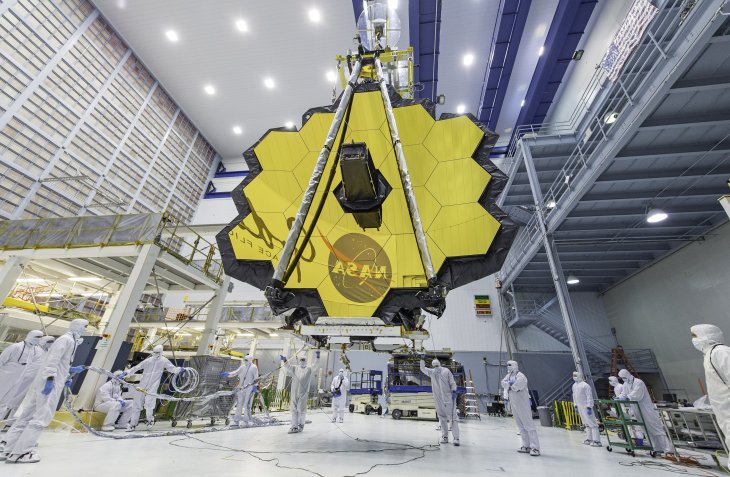
The James Webb Space Telescope
Besides the launch of several new missions, some robots successfully landed after traveling for months. While the Hayabusa-2 of Japan dropped its rovers on the Ryugu, the Osiris-Rex of NASA reached Bennu and started its survey. The missions were both sent to collect and return to Earth some sample for further research.
One mission even made its way past the solar system after more than 40 years of traveling – the Voyager 2.
There’s more, this year will close with the arrival of NASA’s New Horizon at Ultima Thule.
Seeing space more clearly
While several missions will send back scientific data for analysis in the coming years, other efforts have paid off this year.
We discovered new planets out of the solar system, many of which can have life forms. Also, other planets within the system potentially have water and life too. Other scientific findings include a lake was hidden on Mars, evidence suggesting possible life forms under Europe’s surface, and critical ingredients for life found on Enceladus.
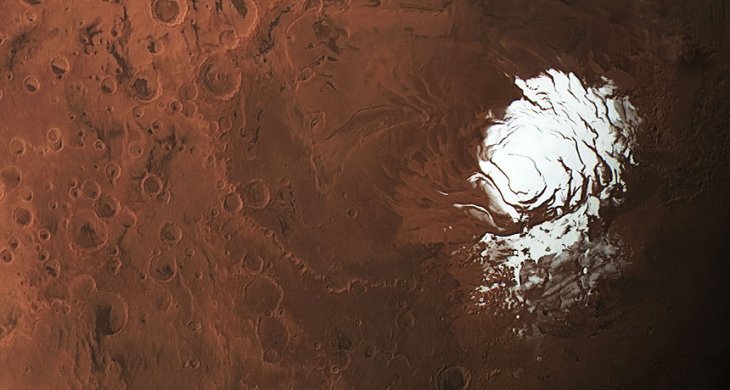
The hidden lake on Mars
Also in this year, we discovered what seems to be the first moon outside the solar system that orbits an exoplanet. There may even be moons that orbit those exomoons.
Astronomers could identify a dozen moons around Jupiter which were unknown before, exclude the possibilities of alien megastructures around a star, and introduce the complete map ever made of the Milky Way.
However, for astrophysicists, the most critical innovation of this year is probably the use of gravitational waves in studying the universe.
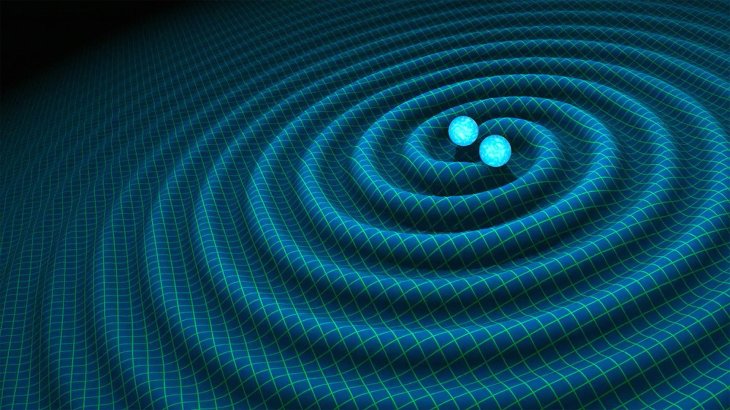
Gravitational waves
It was not until a few years ago that gravitational waves, the ripples in space-time, became a real thing. Till lately, we have mostly observed the universe under the electromagnetism scope, which is a spectrum of radiation ranging from X-rays and gamma rays to visible light, microwaves, and radio waves. More gravitational waves detected means multi-messenger astronomy becomes possible, allowing us to finally hear the universe after only observing it with our sense of sight for hundreds of years.
Space is still hard
This year, though, is not all about success, we had a few struggles. Those include a dust storm all over the entire Mars planet overwhelming the rovers, a mysterious hole appearing on the ISS, and a scary failed launch to the ISS.
This year, no one won the Lunar X Prize of Google even though SpaceX's tickets to fly around the moon sold out and NASA pushed its plans to live on the moon.
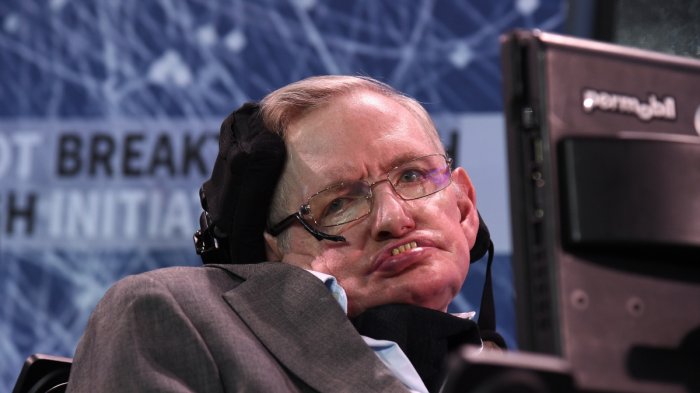
Stephen Hawking
In 2108, we lost a spy satellite launched by SpaceX mysteriously. The saddest lost, though, certainly came when our famous cosmologist Stephen Hawking passed away. He was the one that helped spread a more complicated and nuanced understanding of the universe, along with warning against the danger of AI and potential interactions with terrestrial life.
Featured Stories
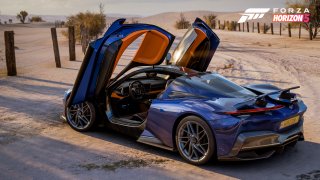
Features - Jul 01, 2025
What Are The Fastest Passenger Vehicles Ever Created?

Features - Jun 25, 2025
Japan Hydrogen Breakthrough: Scientists Crack the Clean Energy Code with...

ICT News - Jun 25, 2025
AI Intimidation Tactics: CEOs Turn Flawed Technology Into Employee Fear Machine

Review - Jun 25, 2025
Windows 11 Problems: Is Microsoft's "Best" OS Actually Getting Worse?
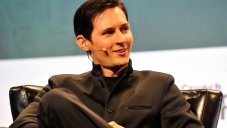
Features - Jun 22, 2025
Telegram Founder Pavel Durov Plans to Split $14 Billion Fortune Among 106 Children

ICT News - Jun 22, 2025
Neuralink Telepathy Chip Enables Quadriplegic Rob Greiner to Control Games with...

Features - Jun 21, 2025
This Over $100 Bottle Has Nothing But Fresh Air Inside

Features - Jun 18, 2025
Best Mobile VPN Apps for Gaming 2025: Complete Guide

Features - Jun 18, 2025
A Math Formula Tells Us How Long Everything Will Live
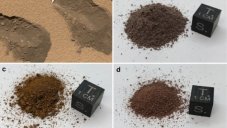
Features - Jun 16, 2025
Comments
Sort by Newest | Popular